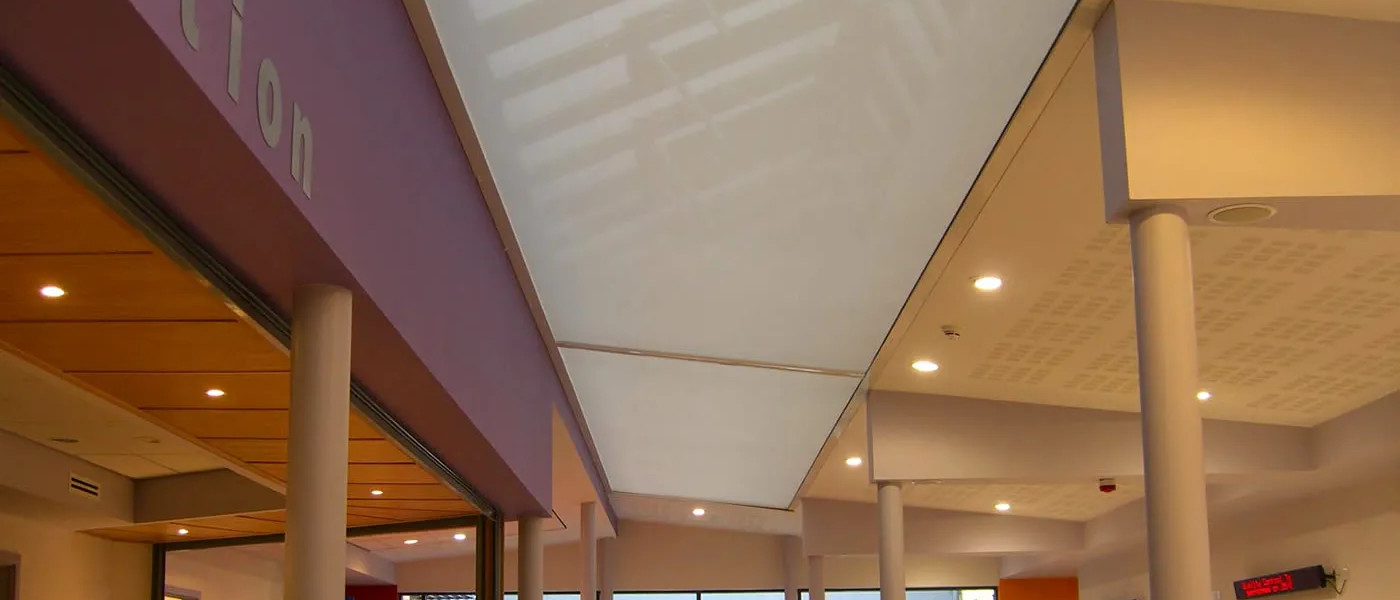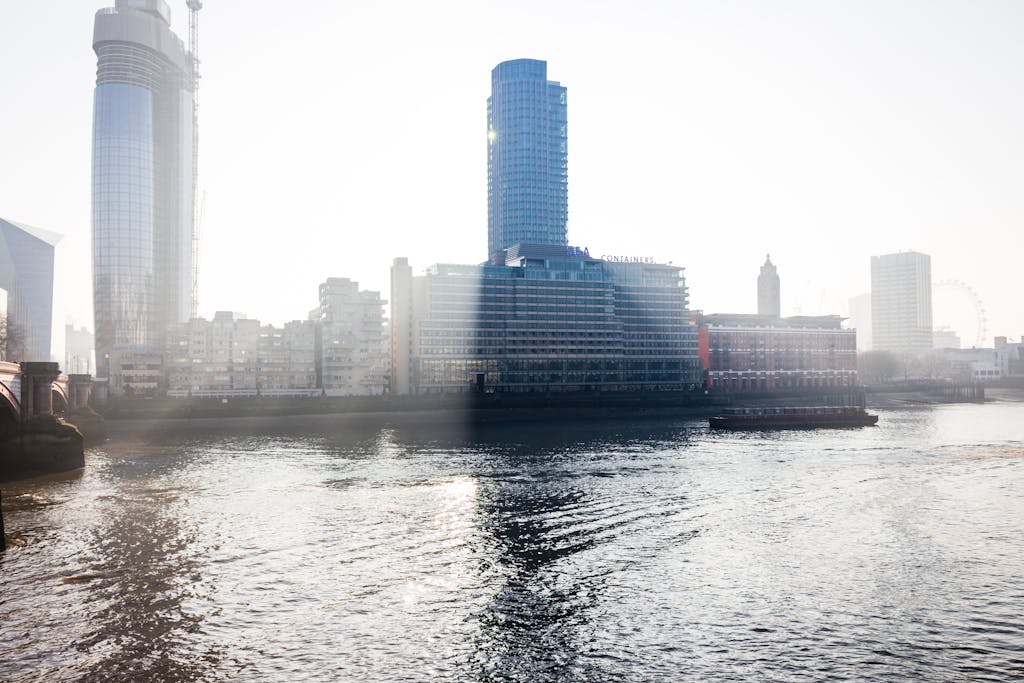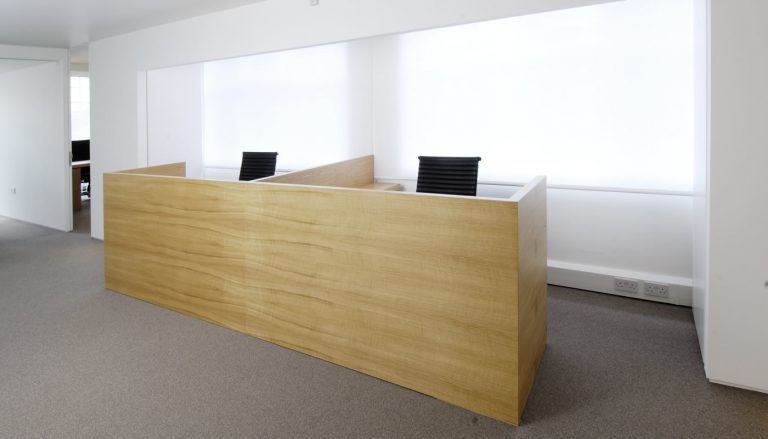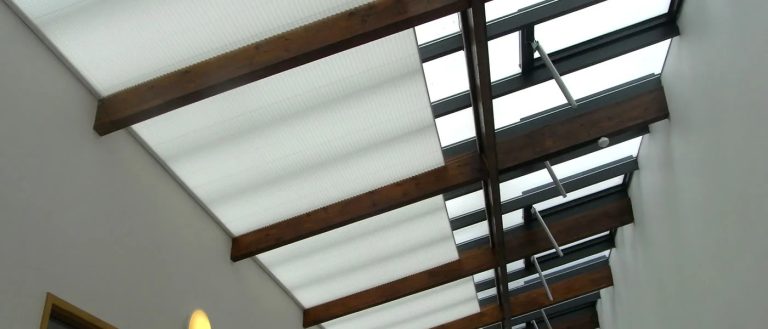Commercial Blind Contractors: Bespoke Made-to-Measure Solutions
When specifying commercial blinds, your focus isn’t just on function—it’s about finding a solution that integrates seamlessly into your overall vision.
From commercial office buildings and public institutions to luxury residential developments, specifying the right blinds goes beyond choosing a standard product.
It’s a precise process that demands careful consideration of various technical and design elements.
Each project has its own unique challenges, requiring bespoke solutions that can adapt to the complexities of the space.
Selecting the wrong blind can lead to poor light management, glare, or even failure to comply with local regulations.
A specialist blind contractor should understand these intricacies and be equipped to deliver solutions that tick every box.
Tailoring Blind Specifications for Architectural Projects
Choosing the right blinds for a project isn’t just about fulfilling functional requirements.
It’s about creating a solution that elevates the overall design, meets regulatory standards and enhances the user experience within the space.
Bespoke commercial blinds offer a level of flexibility that standard options simply can’t match.
Bespoke Blind Solutions for Complex Projects
Every architectural project has its nuances, making a one-size-fits-all approach impractical.
Bespoke blinds allow for a tailored fit, enabling you to address specific project needs, such as precise light control, enhanced energy efficiency and acoustic considerations.
Let’s say you’re working on a large, open-plan office space with extensive glazing.
The challenge lies not only in finding blinds that cover the large windows but also in ensuring they maintain a consistent look and perform under different lighting conditions.
Bespoke options can include motorised roller blinds with UV-filtering fabrics that minimise glare without darkening the room excessively.
When integrated with smart controls, these blinds can automatically adjust based on the sun’s position, ensuring optimal light and energy management throughout the day.
In high-end residential settings, the priorities often shift to aesthetics and privacy.
Specifying blinds that harmonise with luxury interiors means considering fabric textures, colours and finishes that enhance, rather than detract from, the space’s overall design.
For public sector projects, regulatory compliance is a top concern.
The right blind contractor will provide guidance on meeting these requirements while ensuring the final solution aligns with the intended use of the space.
Tell Us About Your Project
Providing a full service, from initial concept through to fabrication and installation, we ensure that each project is delivered on schedule, to budget and at the highest possible quality.
Fully conversant with intricate access solutions, including access machinery, mobile towers and full scaffolding erections, we work with fully licensed and certified personnel to maintain total project safety.
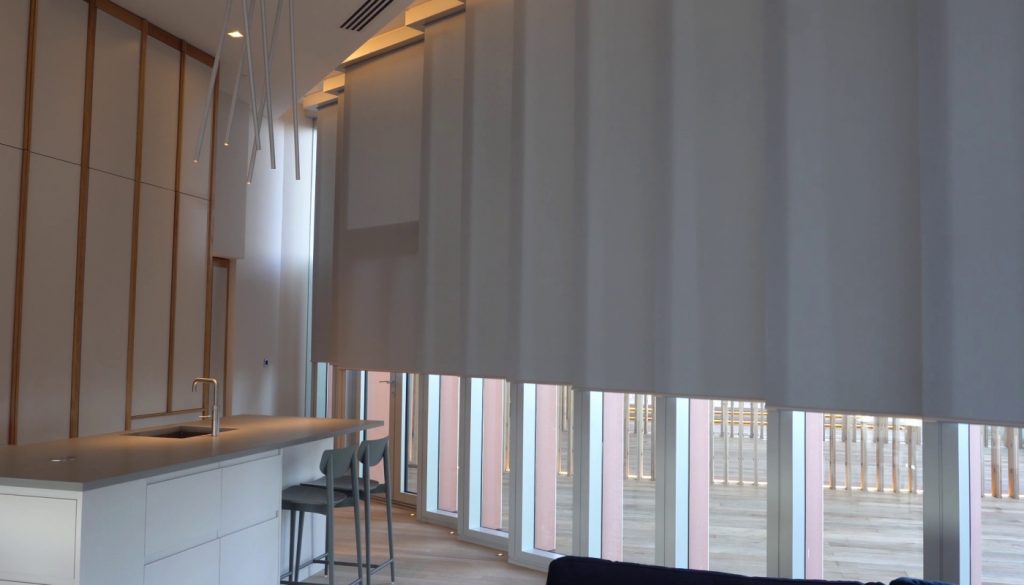
How to Determine the Best Blind Specifications for Different Environments
When specifying blinds, the environment dictates much of what’s needed:
- Light Control and Glare Reduction: Offices and educational facilities require precise control over natural light to reduce glare and eye strain. Consider blinds with directional light-filtering capabilities, such as vertical louvres or dual-roller systems.
- Privacy and Security: Healthcare facilities or boardrooms may need blackout or one-way vision blinds that provide privacy while maintaining an open, inviting feel.
- Energy Efficiency: Blinds that reflect sunlight can reduce cooling loads in the summer, while insulated fabrics help retain heat during the winter, contributing to the building’s overall energy performance.
- Acoustic Performance: Some fabrics and systems offer sound absorption properties, making them ideal for busy environments such as restaurants, atriums, or shared office spaces.
Specifying the right blinds involves navigating these considerations while ensuring that they complement, rather than compete with, the architecture and interior design of the space.
Integrating Blinds into the Overall Design Aesthetic
Blinds should be more than a functional afterthought. They need to integrate smoothly into the overall aesthetic of the space.
Achieving visual harmony requires a nuanced understanding of how blinds interact with other design elements, such as wall finishes, furniture and flooring.
For example, in a modern office environment with a clean, monochromatic palette, sleek roller blinds in neutral tones can maintain the minimalist theme while providing the necessary functionality.
Addressing Light Control While Maintaining Design Integrity
You want to control light without compromising the aesthetic impact.
Consider options like dual-function blinds that offer both transparent and opaque settings, or motorised systems with adjustable slats that can be precisely angled to diffuse light while maintaining exterior views.
For spaces like conference rooms or auditoriums, integrating blackout blinds into a layered system can give you the flexibility to darken the space completely or allow natural light, depending on the activity.
Selecting the Right Blind Type for Your Project’s Needs
Finding the right blind type is crucial to ensuring a perfect fit for your project’s unique requirements.
This selection process involves more than just aesthetic preferences—it’s about functionality, efficiency and integrating seamlessly into the space’s architecture.
Blinds that perform well in one environment might not be suitable for another, especially when dealing with large windows or complex layouts.
Are Roller Blinds Suitable for Large Windows and High Ceilings?
Motorised roller blinds are particularly well-suited for large windows and high ceilings, where manual operation would be impractical or result in uneven performance.
These blinds offer a range of benefits for expansive glass façades in corporate buildings, retail spaces and public sector projects.
Advantages of Motorised Roller Blinds for Large Spaces:
- Smooth and Precise Operation: Motorisation allows for consistent and precise movement, eliminating the common issues of manual blinds such as uneven rolling or tangling.
- Convenience and Accessibility: Particularly beneficial in areas with high ceilings or hard-to-reach windows, where manual adjustments would be challenging or unsafe.
- Integration with Automation Systems: Motorised blinds can be programmed to respond to environmental conditions, such as sunlight levels, making them a seamless part of a building’s energy management strategy.
Case Study: Rooflight Installation in an NHS surgery
The unique architectural design of the surgery featured a suspended ceiling leading to the opening at an angle of 6.4 degrees.
This meant that when the cloth of the blind was extended across the opening, the ceiling and the cloth had to form one continuous line.
Adding to the complexity, the total length of the blind was over 16 meters.
To address the unique requirements of the project, a specialised electric blind was designed with a tilted headbox to ensure seamless integration with the angled ceiling.
Despite its unprecedented length, the blind performed flawlessly, providing the desired shading for the surgery’s expansive window area.
Follow the link for the full case study on our longest blind.
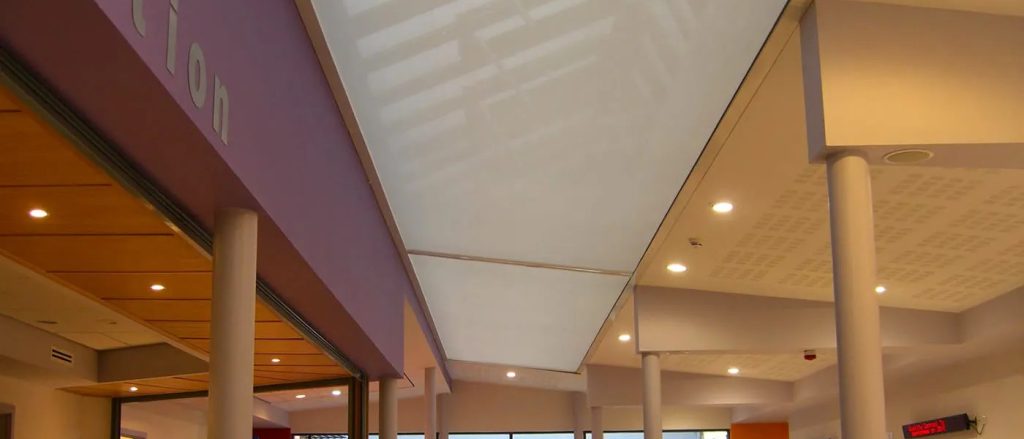
Made-to-Measure vs Standard Blinds: When Customisation Is Essential
Standard blinds often fall short when dealing with architectural complexities such as non-standard window shapes or oversized installations.
This is where made-to-measure blinds come into their own, offering tailored solutions that precisely match the space’s dimensions and design requirements.
Key Differences Between Standard and Made-to-Measure Blinds:
| Feature | Standard Blinds | Made-to-Measure Blinds |
|---|---|---|
| Fit and Finish | Generic sizes; may leave gaps or overlaps | Customised to exact measurements for a flawless fit |
| Design Flexibility | Limited to standard colours and fabrics | Extensive options for fabrics, colours, patterns and textures |
| Control Mechanisms | Manual options mostly | Motorised, remote-controlled, or integrated with smart systems |
| Cost | Lower upfront cost | Higher initial investment, but superior performance and longevity |
When is Made-to-Measure Essential?
- Unusual Window Shapes: Angled, curved, or non-standard windows require precise measurements and fittings.
- Oversized Installations: Large windows or continuous façades benefit from custom-fabricated blinds that provide consistent coverage.
- High-End Projects: Bespoke blinds allow for greater alignment with design specifications, ensuring every detail complements the overall aesthetic.
In high-end residential projects, for example, architects often specify made-to-measure blinds to achieve a cohesive look, down to the finest detail.
Whether it’s aligning with specific timber finishes or coordinating with custom cabinetry, these blinds can be crafted to meet the most exacting standards.
Technological Advancements in Motorised Blinds
The world of motorised blinds has advanced significantly in recent years, with innovations that have transformed how blinds are specified and utilised in modern architecture.
These technological improvements make it possible to create smarter, more efficient buildings that are adaptable to the needs of their occupants.
Extra-Wide and Long Motorised Roller Blinds: Performance and Application
Extra-wide and long motorised roller blinds are engineered to perform optimally in large spaces, providing a uniform appearance and smooth operation even when covering extensive glass façades.
The motorisation technology used in these blinds has been refined to ensure they maintain precise control and stability, despite their size.
Key Engineering Considerations for Extra-Wide Blinds:
- Torque and Motor Strength: Powerful motors are essential for driving larger blinds, ensuring smooth and quiet operation without straining the fabric or control mechanisms.
- Weight Distribution: Advanced tensioning systems prevent sagging or uneven rolling, maintaining the structural integrity and appearance of the blinds.
- Fabric Selection: Heavier fabrics or dual layers may be specified to meet performance requirements, such as blackout properties or thermal insulation.
These blinds are commonly used in large-scale projects like atriums, conference rooms and open-plan offices, where they provide a clean, minimalist look while offering superior functionality.
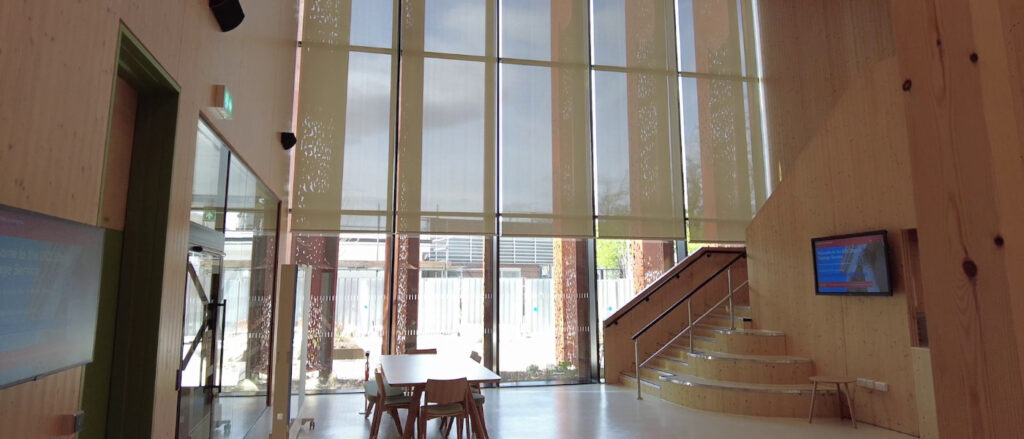
Smart Blinds and Their Role in Energy Efficiency
Motorised blinds can be integrated into a building’s management system, allowing them to operate in conjunction with HVAC, lighting and even security systems.
This smart integration can significantly enhance a building’s energy performance.
How Smart Blinds Contribute to Energy Efficiency:
- Daylight Harvesting: Blinds adjust automatically based on sunlight levels, maximising natural light use and reducing dependency on artificial lighting.
- Thermal Management: Automated systems can close blinds during peak sunlight hours to reduce heat gain, cutting down on cooling costs in summer.
- Optimising Comfort Levels: By managing glare and balancing light, smart blinds create a more comfortable environment for occupants, reducing energy consumption associated with heating and cooling.
Example: We were contracted by Berkeley Homes PLC to supply and install over 2000 motorised blinds for One Tower Bridge.
They are linked and controlled by each apartment’s home automation system and hidden from view when retracted.
These technological advancements are making motorised blinds an increasingly popular choice among specifiers and designers who seek to optimise both aesthetics and performance in their projects.
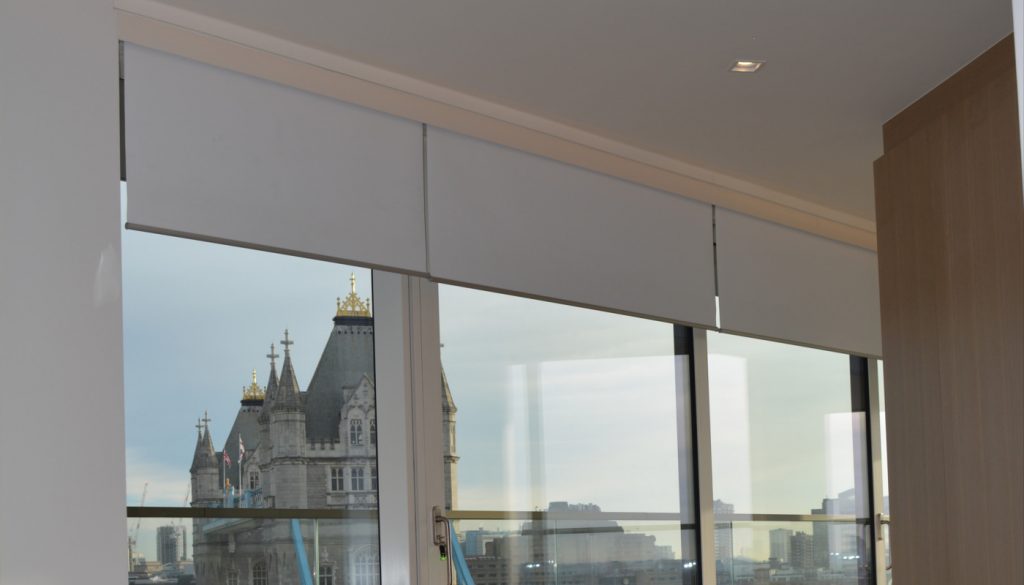
Navigating the Procurement Process for Blind Installations
Whether you’re working on a public sector project, a commercial building or a private residence, understanding the procurement process is essential to achieving a seamless outcome.
In high-traffic areas like corporate offices or public buildings, blinds must balance functionality with durability.
Architectural blind solutions often include motorised systems or bespoke designs that require precise measurements and installations.
Public sector projects, in particular, demand compliance with strict regulations, including fire safety and sustainability certifications.
Opting for commercial blind contractors with experience in these areas can ensure the blinds meet all necessary criteria while delivering on design and performance.
Best Commercial Blind Contractors in London for Large-Scale Projects
Finding the best commercial blind contractors in London is crucial, especially for large-scale projects or architecturally complex installations.
The ideal contractor will not only supply and install but also offer made-to-measure solutions tailored to your specifications. When assessing potential partners, consider the following criteria:
- Technical Expertise and Product Knowledge: Contractors should have in-depth understanding of different blind systems, including extra-wide motorised roller blinds and long motorised roller blinds. This ensures they can recommend the most suitable products based on your project’s needs.
- Experience with Complex Installations: Look for contractors with a proven track record of delivering large-scale projects. An experienced contractor will be familiar with the challenges of installing blinds in architecturally challenging spaces, such as high-ceilinged atriums or curved façades.
- Bespoke Options and Flexibility: The best commercial blind contractors in London will provide made-to-measure solutions, offering a range of fabric choices, control systems, and customisations that cater specifically to your design requirements.
Case Study: PEARL UCL Blind Solution
The observation offices were fitted with built-in blackout blinds that retract with concealed components to exclude light in the events lab. All the blinds are perfectly synced to raise and lower together at the touch of a button.
Five super-size roller blinds complement the foyer, scaling eight metres high.
You can see the full case study here.
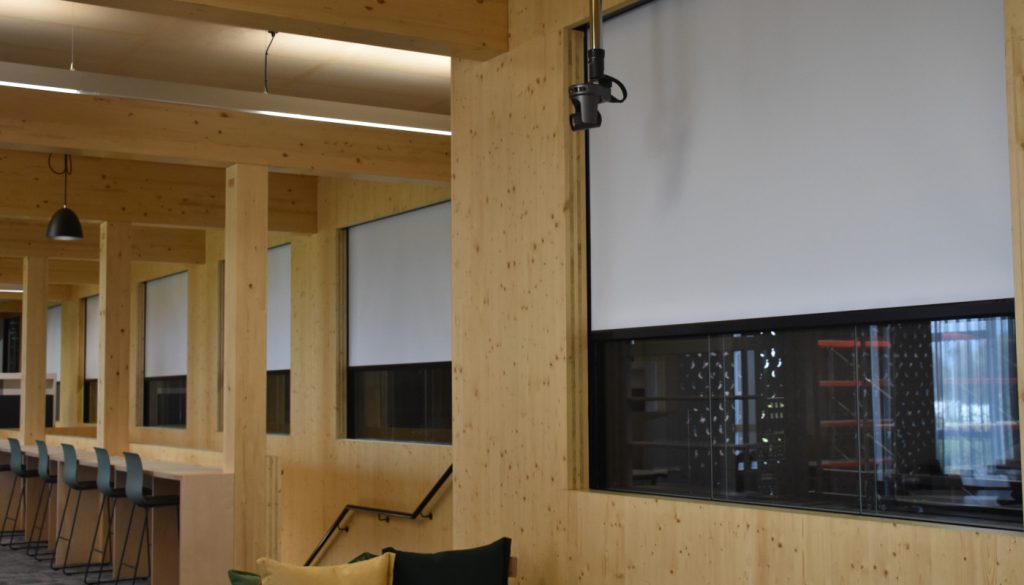
Installation Expertise and Considerations
When it comes to blind installations, it’s not just about fitting a product; it’s about achieving seamless integration with other building elements.
From coordination with HVAC and lighting systems to ensuring precision in every detail, installation expertise is paramount.
Ensuring Seamless Integration with Other Building Elements
Blinds, particularly motorised or automated systems, need to be considered as part of the overall building infrastructure.
Integrating them with HVAC systems, lighting, and even the building façade requires careful planning and coordination.
Technical Challenges and Solutions:
- HVAC Systems: Blinds installed too close to HVAC vents can interfere with airflow and cause fabric movement. A precise gap must be maintained to prevent these issues while ensuring adequate coverage.
- Lighting and Façade Elements: Blinds should not obstruct lighting fixtures or architectural features. Using recessed tracks or custom mounting systems can help maintain a clean, unobtrusive look.
For example, Manhattan Loft Gardens utilises our bespoke Blind Box system; designed, extruded, fabricated, powder coated and fitted to follow the shape of the serrated façade design which houses Enviroscreen Sonata roller blinds with matching blackout and dimout fabrics.
Timeline and Coordination with Other Contractors
Successful blind installations require meticulous coordination between contractors, architects and other trades involved in the project.
It’s not uncommon for blind installations to be scheduled alongside electrical or glazing works, making communication and collaboration essential.
Project Timeline Considerations:
- Early Planning: Engage with commercial blind contractors during the early design phases to ensure that specifications align with other building elements. This avoids costly reworks or delays later in the project.
- Coordination with Trades: Motorised blinds often require electrical wiring and control systems. Coordinating with electricians during installation can ensure that wiring routes are concealed and the control mechanisms are properly integrated.
- Avoiding Common Pitfalls: Misalignment or incorrect fitting can result in blinds that don’t sit flush or operate smoothly. Working with experienced installers who use laser measurement tools can eliminate these issues and guarantee precision.
FAQs (Frequently Asked Questions) for Specifiers and Architects
Every project brings its own set of questions and considerations. Below are some of the most frequently asked questions by specifiers and architects when it comes to commercial blind installations.
How to Choose the Right Contractor for Your Project’s Needs?
To choose the right contractor, focus on their expertise with large-scale installations and bespoke solutions. A good contractor will understand your project’s specific needs and offer tailored, high-end blinds that align with your design vision. Experience with motorised blinds and complex projects is essential to ensure precision and a seamless installation.
Can Motorised Blinds Be Retrofitted into Existing Buildings?
Yes, motorised blinds can be retrofitted, but it depends on the building’s structure and electrical infrastructure. In older or heritage buildings, alternative power options like battery-operated blinds may be required. Retrofitting should maintain the architectural integrity of the space with discreet fittings and custom solutions to ensure seamless integration.
How Do I Choose the Best Blind for Large Glazing Areas?
For large glazing areas, motorised roller blinds with extra-wide fabrics are the best choice. These blinds offer smooth operation and full coverage, essential for controlling light and heat in expansive spaces. Motorisation ensures easy control, even in hard-to-reach areas.
What to Consider When Specifying Blinds for Public Sector Buildings?
When specifying blinds for public sector buildings, ensure they meet fire safety regulations and are durable enough to handle high traffic. Blinds should also be easy to maintain and operate, with accessible features for all users. Prioritise materials that offer longevity and are compliant with safety standards while complementing the building’s functional needs.
For enquiries about our solar shading solutions:
Enviroscreen Systems
Swift House,
13 Ronsons Way,
St Albans,
AL4 9QT
United Kingdom
Telephone: 01727 220 007
E-mail: info@enviroscreen.org.uk

